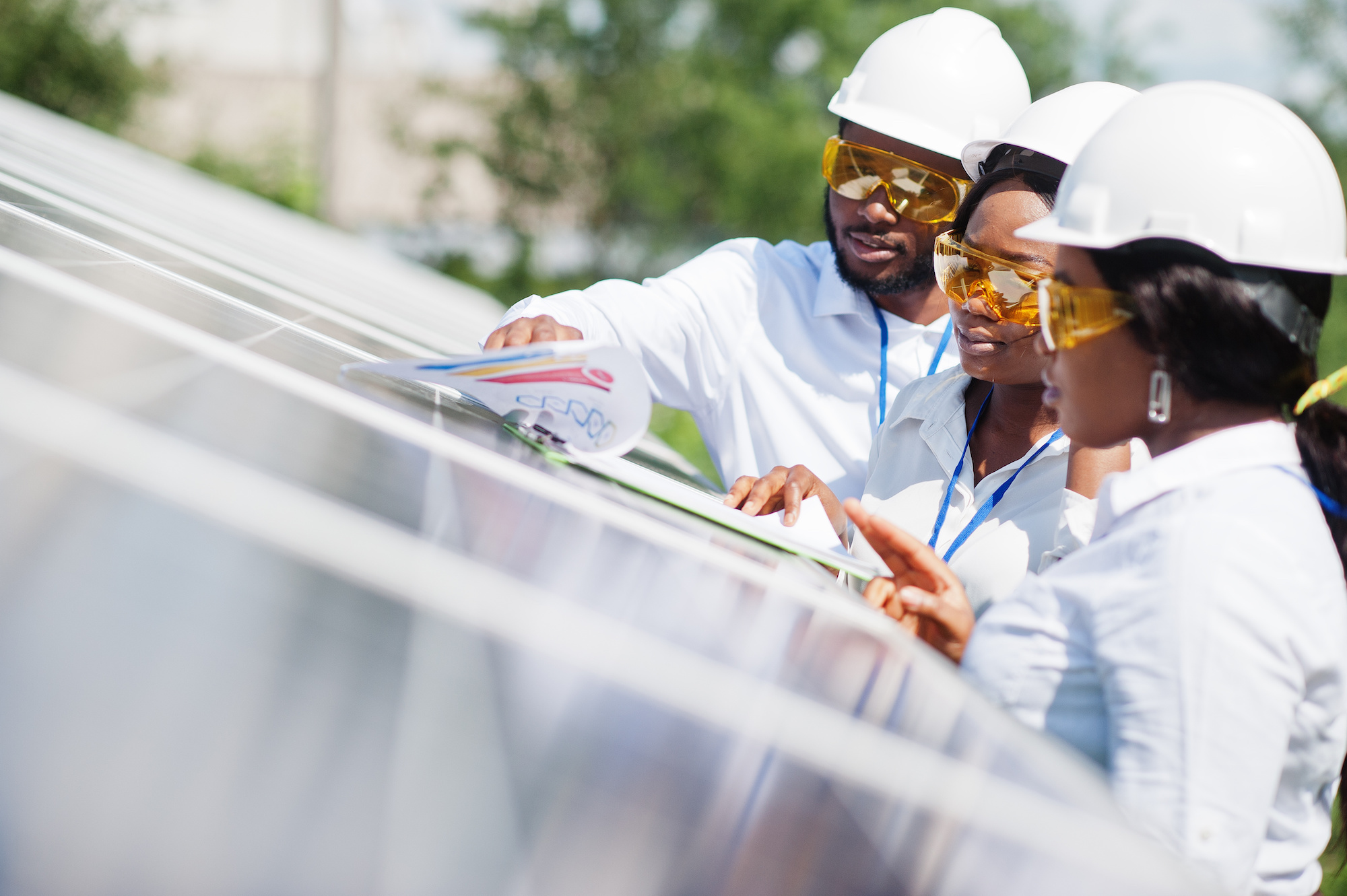The majority of Africans lack access to modern conveniences like electricity. Thankfully, the “The We Give Light” foundation plans to donate 1 billion euros to the development of decentralized energy in Africa in order to provide the continent with renewable, decentralized, climate-friendly energy. These distributed energy systems are scheduled for development between 2023 and 2026. The money will go toward installing renewable energy systems that provide power to over hundreds of thousands of people and prevent the release of tons of carbon dioxide annually. The focus will be on renewable energy sources like solar, wind, and neutrinovoltaics. An advisory board will weigh the options and make recommendations. Due to the continent’s massive population, distributed power generation and distribution is an absolute must. parallel to the way that many areas of Africa “skipped” the fixed-line telephone in favor of mobile phones. Now that same thing is going to happen with electricity.
In many parts of Africa, daily life is characterized by candles rather than light bulbs and wood cookers rather than hotplates. Women travel great distances in search of firewood. In Africa, more than 50% of the population lacks access to electricity. Demand is rising as a result of both population and economic growth. Even in remote rural areas, electrification would boost development. Small businesses could use electricity, children could read and study at home in the evenings, and housework would be easier. Additionally, cooling for vaccine storage and transport would be guaranteed. Once Africa has recovered from the pandemic, it will have a chance to increase growth by relying on renewable energy sources. Additionally, this helps the environment and the economy. There is no need to construct power lines. Small, privately operated systems that operate independently of the public grid (known as mini-grids) are a viable solution, particularly in remote areas.
Decentralized Energy Is the Answer
The transmission of electrical current continues to be one of the most significant weak points in the contemporary energy infrastructure we have. It is necessary to transport this electrical energy to homes and businesses in the area because the electricity that is used in homes and businesses is typically generated at central locations using coal. Because the voltage of electricity decreases with increasing distance, the electricity that makes it all the way to your house is significantly less powerful than the electricity that was generated at the plant where it was first generated. This inefficient layout not only results in higher annual energy costs in areas with high penetration rates of rooftop solar panels, but also wastes countless kilowatt hours of electricity every year. There would be no need for energy companies to include this cost in the retail price offered to grid-connected homeowners who generate excess solar power if there was no cost to transport energy in the first place. This would mean that consumers wouldn’t be forced to bear the brunt of the costs created by this duplication of charges.
A sustainable, decentralized energy source is what is required in this scenario. Why not have everyone produce their own electrical energy at home instead of having to transport it? Installing photovoltaic panels on every home seems like a good idea, but most climates don’t get enough sunlight for homes to use solar power all year long. The shorter days and harsher weather of winter make photovoltaic technology all but useless, even in locations where it is sunny and clear in the summer. Moreover, despite the fact that the sun and wind are free sources of energy in and of themselves, the initial cost of collecting, processing, and storing their energy can be quite high. Various components, such as solar panels, wind turbines, inverters, batteries, and wiring, must be purchased during the installation and initial setup processes. In addition, they occupy a substantial amount of space, and the process by which they generate electricity is profoundly affected by the elements of the surrounding environment. And that is where Neutrinovoltaic technology comes into play.
Neutrinovoltaic Technology Is Opening Up the Future of Sustainable Energy
Simply put, installing solar panels on every home would be impractical. If only a few homes contribute electricity produced by solar energy to the grid, consumers will still be required to pay the costs of renewable energy incentives. But there is a new energy technology that can power every home on the planet, anywhere, at any time of the year. Neutrinovoltaic research has entered a completely new phase as a result of the 2015 discovery that neutrinos have mass. It turns out that the impact of these undetectable particles can be used to produce electricity, and neutrinovoltaic technology has already produced useful levels of electrical energy in laboratory settings. Consumer-level neutrinovoltaic technology will be available in a few years, allowing the newest smartphones, tablets, and laptops to run entirely on the limitless electrical potential of neutrinos. From there, this form of decentralized, ubiquitous power that puts other conventional energy sources to shame will be able to power vehicles, homes, and even entire households.
Another interesting fact about neutrino energy is that it is a form of energy that does not require energy storage. The impressive Neutrinovoltaic technology developed by the Neutrino Energy Group offers the potential to alleviate the burden of renewable energy sources that rely on storage, even on a small scale. Even if neutrino energy only meets 10% of the total energy needs of a renewable power grid, it would still negate the need for 10% of that system’s electricity to be stored in batteries. Thanks to the tireless work of the Neutrino Energy Group and their groundbreaking neutrinovoltaic technology, neutrino energy is on the cusp of becoming a mainstream energy source. People all over the world, not just in Africa, where decentralized energy is becoming a huge necessity, finally have a reliable answer to the current energy crisis. The world will be a better, more environmentally friendly place thanks to their efforts, and more people will hopefully follow in their footsteps in the years to come. “With the right amount of energy, Africa can finally show off its rising growth and catch up technologically.”


